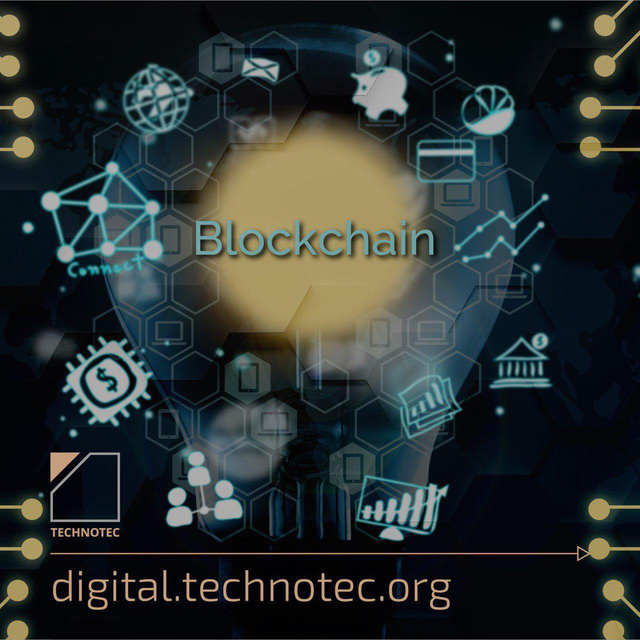Blockchain-summary of 2018
Blockchain enthusiasts from the first day of the discovery of this technology stated that it is able to make a real revolution in almost all areas of the economy and social sphere in the shortest time: it will reduce costs, remove unnecessary intermediaries, reduce the participation of the human . And today, everything that happens with technology resembles a successful, but slow integration.
Interest in blockchain as a technology is rather high. Moreover, it is shown by representatives of both private and public structures. However, this interest is rather exploratory. Cases where distributed registry technologies have been used to solve any real-world problems are very rare.
First of all such caution is connected with the fact that serious companies avoided blockchain because of the hype. In the last 2–3 years it was so much noise around the blockchain that it was hard to study the issue calmly.
But by 2018, the situation had changed. The hype passed and the technology itself entered a constructive phase of development, which can be described as “getting rid of illusions”. In 2018 the real view on the blockchain world began to form, from which it finally became clear to all interested persons where this technology is really applicable, and where its use is reasonable. And with understanding came also a real working projects.
Finance
It is quite logical that the blockchain has started to be applied in the banking sector, where there are traditionally a lot of intermediaries, commissions and various kinds of costs. It is significant and remarkable at the same time that the greatest success here was achieved not by the structures alternative to banking, but by the banks themselves, which used the technology of distributed storage of registers to reduce their own costs and improve business efficiency. The most illustrative example here is the global system CLSNet, launched in November last year, created by IBM to serve the world’s largest banking institutions.
It is great that Russian financial institutions are also trying to keep up with global financial trends. So, at the end of 2018 Sberbank announced about the success of the OTC blockchain transaction. The amount of the transaction was not disclosed, but the fact of its performance deserves attention.
The successful experience of using blockchain technology in the field of lending was received in 2018 by a large Spanish Bank BBVA: for example, all the necessary characteristics of the loan in the amount of 150 million euros issued to a local resource supplying company were recorded in the distributed register.
Experiments are actively undertaken in the field of creating bonds on the blockchain. The world Bank, the Bank of Australia and Raiffeisenbank were the first in the field of such securities. Soon Russian VTB may also join them.
Copyright
The blockchain technology is well proven in the matter of copyright protection and fight against piracy. Moreover, the greatest success in this the field was achieved by the Russian project Sputnik DLT, in which frameworks service “Deponent” was created on the Waves platform. However, such algorithms are applicable for storage of any legally significant documents, including those related to electoral processes. So, blockchain solution such as website democracynotary.org was successfully tested during a referendum in Macedonia, which considered the question of changing the name of the country under the new Treaty with Greece.
Real Estate
In 2018, the blockchain showed itself well in the issue of registration of real estate transactions. In the second half of the year in Ukraine with the use of a smart contract an apartment in Kiev was sold on the Propy platform. Soon the same service helped to make a deal for the sale of 10 acres of land in California, and after a very short period of time the first blockchain transaction for the purchase and sale of real estate took place in the EU.
Fuel, logistics and transport
The first real blockchain platform appeared in 2018 in the oil and gas sector. We are talking about the VAKT project, which involved such industry giants as Shell, BP and the world’s largest banking institutions. First of all, VAKT serves the purpose of reducing costs in the process of energy trade, unification of rules and procedures, as well as excluding the influence of the human factor. Getting rid of paper documents only promises multibillion-dollar savings to the users of the platform. The platform was launched in November 2018 and is currently available only to companies directly involved in its development. Third-party users will be admitted to it in the first quarter of 2019.
As for logistics, it is important to note, that the start of the blockchain platform Food Trust developed by IBM last autumn. The platform serves the purpose of avoiding paper documents and controlling the supply of food products all the way from the manufacturer to the end user. At the moment, it is known that such companies as Walmart, Nestle and Carrefour have already joined the Food Trust.
An interesting project was implemented by Russian airlines S7 and Gazpromneft-Aero in cooperation with Alfa-Bank. They used smart contracts for instant payments for fuel at airports. The parties are confident that this solution will allow air carriers to significantly reduce operating costs, which on the one hand will have a positive impact on the efficiency of business, on the other — will not raise the cost of tickets for passengers in a constant rise of the cost of aviation fuel
Public sector
Distributed database storage is becoming increasingly common in the public sector. Moreover, in 2018, the blockchain was applied in the judicial system: in December last year, the Russian intellectual property court for the first time in its history posted information about the change in the composition of rightholders using the blockchain service IPChain.
A similar, but much larger project exists since last year in China. There, the Tianping Chain platform is used to collect, verify, and store digital evidence. Even before the end of the year, the system has made more than a million unique records relating to nearly 200,000 documents.
Financial, technology and insurance
One of the first users of blockchain technology implementation in their business processes is a recognized leader in the world of container transportation Maersk company. In spring of 2018 it started to use the blockchain platform cargo insurance Insurwave. In less than a year, with the use of smart contracts, insurance services were provided to more than 1,000 cargo ships and hundreds of thousands of containers. Product developers believe that the platform can be useful not only in the field of Maritime transport, but also in transport aviation, as well as energy.
A logical step was the announcement by registered in the UK and specializing in the management of financial flows of the company Calastone in 2018 about the transfer of all its payments to the blockchain. Calastone is considered to be one of the market leaders and provides services to more than 1,500 companies, so the introduction of distributed storage technology registry promises it in the future a multibillion-dollar cost reduction.
Education
In 2018, diplomas on the blockchain became a reality. The first hundred electronic diplomas were issued in 2017 to graduates of the Massachusetts Institute of technology. The aim of the project was to enable people to dispose of information of importance to them even after the termination of the functioning of certain institutions and organizations.
Epilogue
As we said above, the excitement around blockchain technology went down by the second half of 2018. But, nevertheless, really working, effective blockchain solutions for business have appeared, and over time their number will only increase, but not as fast as many of us would like.

